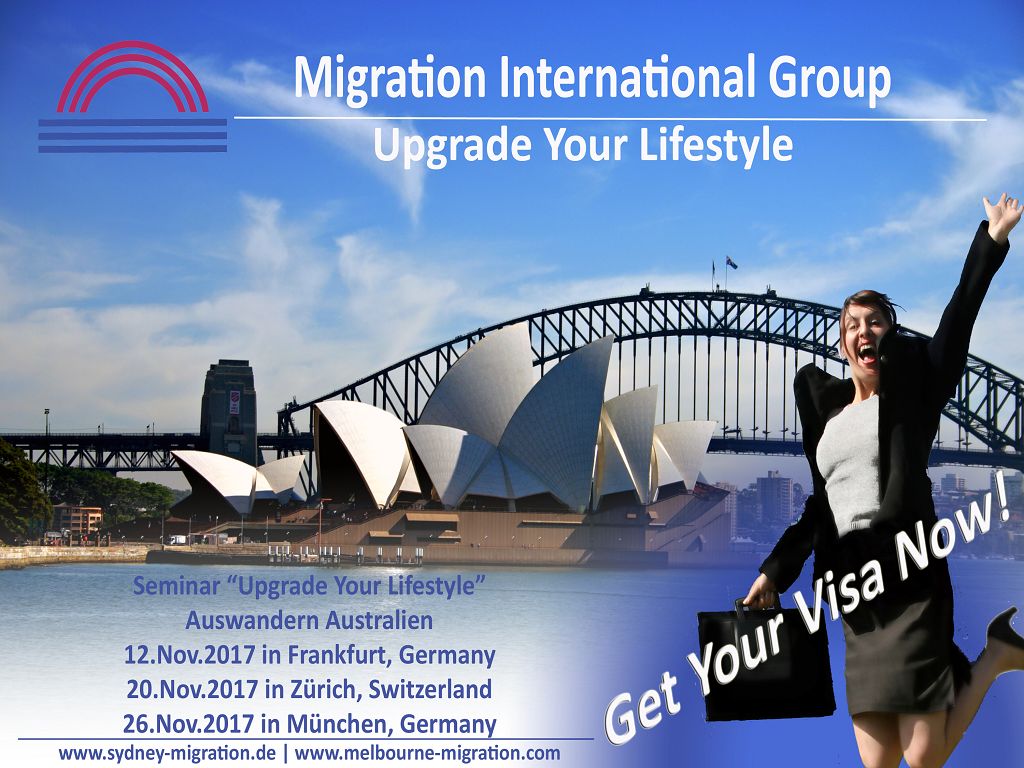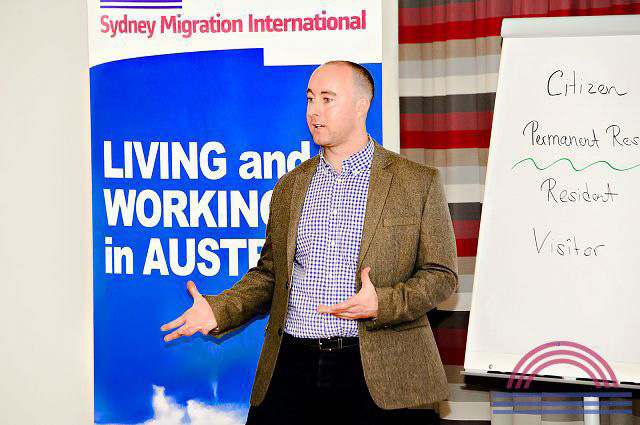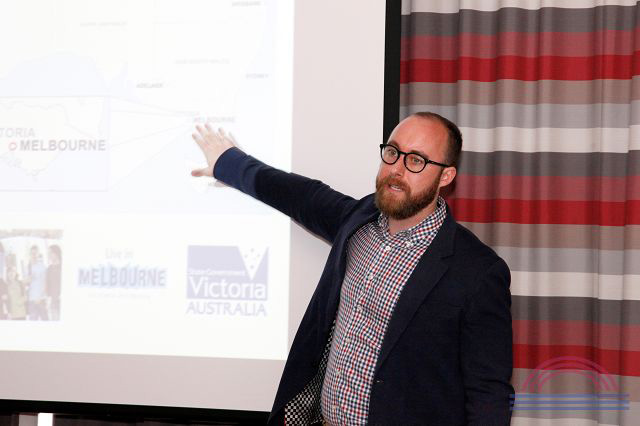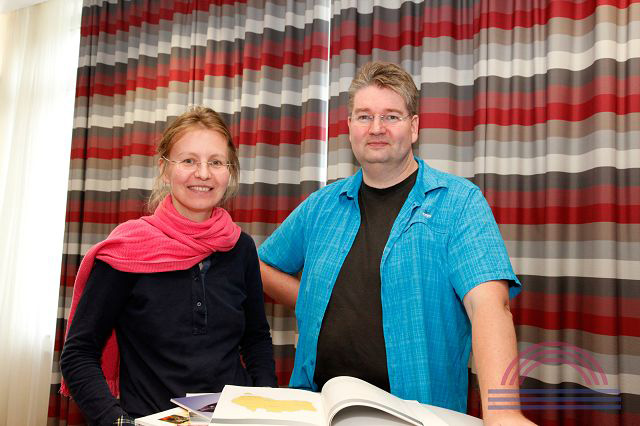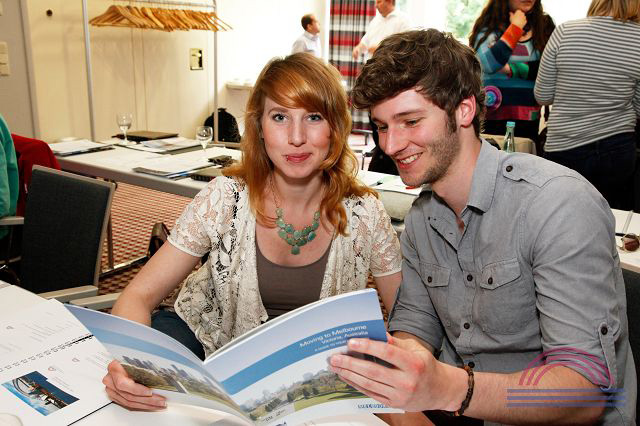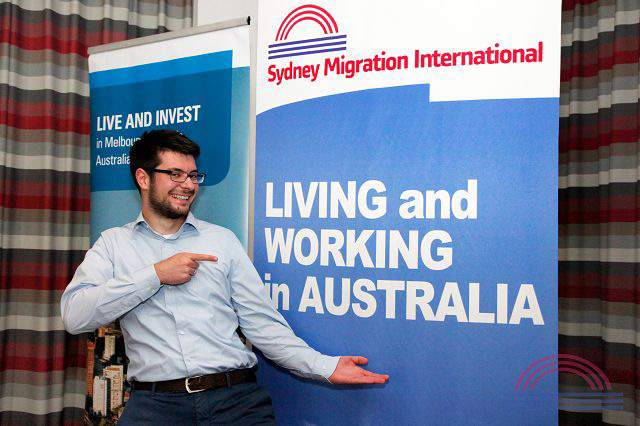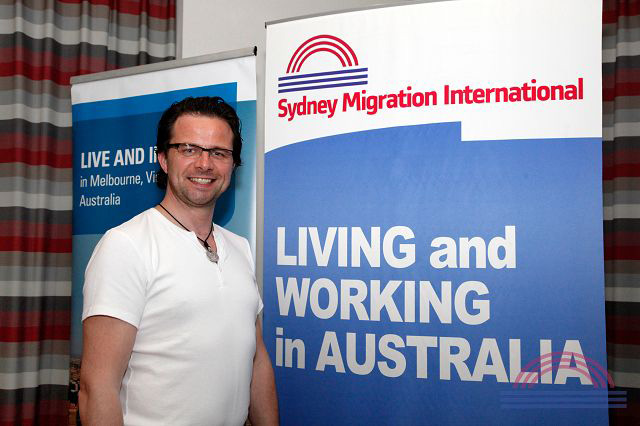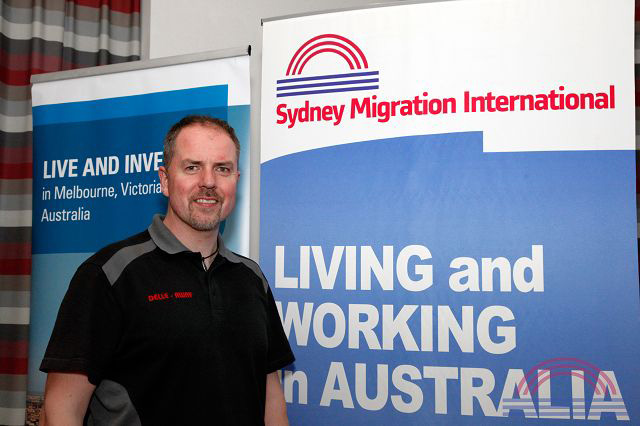01 July 2017 - The Skilled Visa Changes
Key recent changes prior to 1 July 2017
On 19 April 2017 the occupation lists which determine which occupations are eligible for skilled visas (i.e. subclass 457, 186, 189, 190, 407, 485, and 489 visas) were changed and the eligible occupations were significantly condensed resulting in fewer occupations being available.
For practical purposes, two new lists were in effect created:
- Medium and Long-term Strategic Skills List (MLTSSL)
- Combined list including the Short-term Skilled Occupation List (STSOL).
457 visas for occupations on the MLTSSL are now issued for a maximum of 4 years. However 457 visas for occupations on the STSOL are only issued for a maximum of 2 years.
1 July 2017 changes
A number of changes have been implemented effective 1 July 2017 which impact the 457, 186, 187, 189, 190, 485, and 489 visa subclasses.
The occupation lists which underpin many of these skilled visa subclasses and determine which occupations are eligible for each visa have again been changed. Notably:
- 36 occupations have been added and are now also eligible for subclass 457 and 186 visas
- Some occupations have been moved between the STSOL and the MLTSSL
- 12 occupations have been removed from the lists
- Caveats or conditions which apply to certain occupations have also been revised
Subclass 457 Temporary Work (Skilled) Visa
The key changes are as follows:
- The occupation lists have changed again.The lists which determine which occupations are eligible for the 457 visa and any conditions which apply to those occupations have been changed.
- New English language requirements. The English language requirements and exemptions have been changed. Notably, 457 visa applications lodged after 1 July 2017 will not be able to claim previous English language salary based exemptions (i.e. which applied to applicants whose salary was over AUD $96,400). Passport holders of the UK, USA, Canada, NZ, and Republic of Ireland are still exempt in addition to other exemptions including applicants who are nominated by an overseas business sponsor if their base rate of pay is over $96,400.
- Training benchmark requirements have been changed. These have been clarified and prescribed in more detail. Note that from March 2018 the benchmarks will be substituted for a contribution to the Skilling Australians Fund.
- 4 year visa grants are available to STSOL. Under policy, where requested by the sponsor and required to meet Australia’s international trade obligations, occupations on the STSOL can be granted 4 year terms.
- Mandatory police clearance certificates. Police clearance certificates are now mandatory.
Subclass 186 Employer Nomination Scheme Visa
The key changes are as follows:
- Temporary residence transition stream applicants are unaffected by occupation changes. For temporary residence transition (TRT) stream applicants (i.e. briefly, those who have worked for at least two years on a 457 visa in the same occupation) the criteria are not dependent on the occupation lists i.e. TRT applicants are not impacted by the changes.
- New occupation list for direct entry stream applicants. For direct entry stream applicants (i.e. those who have never or only briefly worked in Australia and who do not qualify for the temporary residence transition stream) their occupation needs to be on the STSOL or MLTSSL contained in a new list. The new occupation list requirements apply to nomination applications lodged on or after 1 July 2017.
- Temporary residence transition English level requirements have been raised. TRT applicants must now have competent English (rather than vocational English) unless exempted (IELTS or equivalent test score 6 in each component).
- There are English language exemptions for Temporary residence transition applicants. Applicants who have completed at least 5 years of full time study in a secondary and/or higher education institution where all of the tuition was delivered in English do not have to demonstrate they have competent English at the time of application.
- There is a new requirement to demonstrate a genuine need to employ the visa applicant for Temporary residence transition and Direct Entry applicants. Employers must now also identify a need to employ the visa applicant, as a paid employee, to work in the position under the employers direct control. The application will only be approved if the Department is satisfied there is a genuine need.
- Direct entry eligible age lowered to 45 (limit is still 50 for TRT for now). All DE applicants must now be under 45 years old unless exempted. The TRT age limit remains at 50 for now.
- Direct entry age restrictions do not apply to certain occupations. The age restrictions for the direct entry stream of this visa subclass do not apply to Researchers, scientists and technical specialists at ANZSCO skill levels 1 or 2 nominated by Australian scientific government agencies and academics nominated by an Australian university as University Lecturers or Faculty Heads. Similar exemptions also apply to persons holding subclass 444 (Special Category) visas or subclass 461 (New Zealand Citizen Family Relationship) (Temporary) visas who have been working in their nominated occupation for the same employer for at least 2 years in the 3 year period prior to their application, as well as medical practitioners employed in regional Australia and nominated in a position located in regional Australia subject to conditions.
- Temporary residence transition stream age restrictions do not apply to certain occupations. The age restrictions for the TRT stream of this visa subclass do not apply to Researchers, scientists and technical specialists at ANZSCO skill levels 1 or 2 nominated by Australian scientific government agencies and academics nominated by an Australian university as University Lecturers or Faculty Heads. Similar exemptions also apply to persons holding subclass 457 visas for 4 years with annual income above the Fair Work High Income Threshold, as well as medical practitioners employed in regional Australia and nominated in a position located in regional Australia subject to conditions.
- Training benchmark requirements for direct entry stream applicants have been changed. The training benchmark requirements have been clarified and prescribed in more detail. Note that from March 2018 the benchmarks will be substituted for a contribution to the Skilling Australians Fund.
- There are exemptions from direct entry skills assessments. Researchers, scientists and technical specialists at ANZSCO skill levels 1 or 2 nominated by Australian scientific government agencies and persons nominated by an Australian university to be employed as University Tutors, University Lecturers, and Faculty Heads are exempt from the requirement to obtain a skills assessment for direct entry purposes.
Subclass 187 Regional Sponsored Migration Scheme Visa
The key changes are as follows
- Direct entry eligible occupations are now specified in a new instrument. The eligible occupations for this visa subclass are now specified in a new instrument.
- There are exemptions from direct entry skills assessments. Direct entry subclass 187 applicants who hold subclass 444 (Special Category) visas or subclass 461 (New Zealand Citizen Family Relationship) (Temporary) visas are exempt from skills assessment requirements if they have been working in their nominated occupation for the same employer for at least 2 years in the 3 year period prior to their application.
- Direct entry eligible age lowered to 45 (limit is still 50 for TRT for now). All DE applicants must now be under 45 years old unless exempted. The TRT age limit remains at 50 for now.
- Direct entry age restrictions do not apply to certain occupations. The age restrictions for the direct entry stream of this visa subclass do not apply to Researchers, scientists and technical specialists at ANZSCO skill levels 1 or 2 nominated by Australian scientific government agencies and academics nominated by an Australian university as University Lecturers or Faculty Heads. Similar exemptions also apply to persons holding subclass 444 (Special Category) visas or subclass 461 (New Zealand Citizen Family Relationship) (Temporary) visas who have been working in their nominated occupation for the same employer for at least 2 years in the 3 year period prior to their application, as well as medical practitioners employed in regional Australia and nominated in a position located in regional Australia subject to conditions.
- Temporary residence transition English level requirements have been raised. TRT applicants must now have competent English (rather than vocational English) unless exempted (IELTS or equivalent test score 6 in each component).
- There are English language exemptions for Temporary residence transition applicants. Applicants who have completed at least 5 years of full time study in a secondary and/or higher education institution where all of the tuition was delivered in English do not have to demonstrate they have vocational English at the time of application.
Subclass 189 Skilled Independent Visa
The key changes are as follows:
- Eligible age lowered to 45.
- There is a new pathway to permanent residence for New Zealand Special Category visa (subclass 444) holders.
- The requirements for the points tested stream have also been amended. Applicants for the points tested stream must be on the MLTSSL
Subclass 190 Skilled Nominated Visa
The key changes are as follows:
- Eligible age lowered to 45.
- Applicants must be on the MLTSSL or STSOL in a specified list.
Subclass 485 (Temporary Graduate) Visa
he key changes are as follows:
- Applicants must be on the MLTSSL in a specified list.
Subclass 489 Skilled Regional (Provisional) Visa
The key changes are as follows:
- Eligible age lowered to 45.
- Family nominated applicants must be on the MLTSSL in a specified list.
- Applicants who are state or territory nominated must be on the MLTSSL or STSOL in a specified list.
Upcoming Changes - Stay Informed
Further changes are expected on or around 31 December 2017 and again in March 2018. One of the key reforms is the abolishment of the 457 visa and its replacement with a new Temporary Skill Shortage Visa in March 2018.
Please contact our Migration Agents and Immigration Lawyers if you have any questions. We are always here to help!
If you are a small or medium business find out more about
Contact us and stay informed:
This article was also published here


 English
English  German
German 

